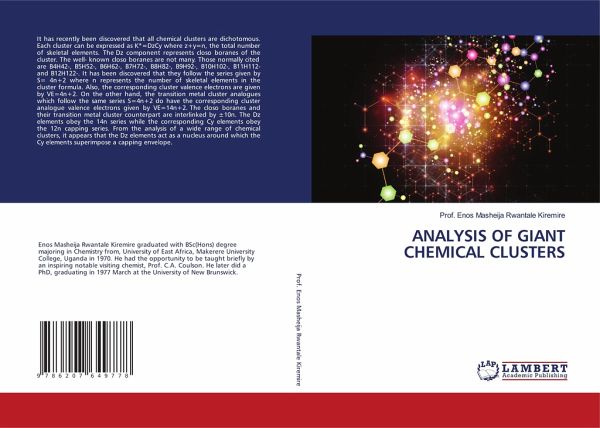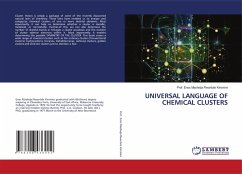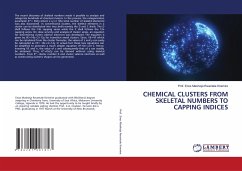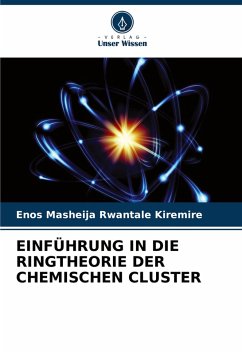
ANALYSIS OF GIANT CHEMICAL CLUSTERS
Versandkostenfrei!
Versandfertig in 6-10 Tagen
53,99 €
inkl. MwSt.

PAYBACK Punkte
27 °P sammeln!
It has recently been discovered that all chemical clusters are dichotomous. Each cluster can be expressed as K_=DzCy where z+y=n, the total number of skeletal elements. The Dz component represents closo boranes of the cluster. The well- known closo boranes are not many. Those normally cited are B4H42-, B5H52-, B6H62-, B7H72-, B8H82-, B9H92-, B10H102-, B11H112- and B12H122-. It has been discovered that they follow the series given by S= 4n+2 where n represents the number of skeletal elements in the cluster formula. Also, the corresponding cluster valence electrons are given by VE=4n+2. On the o...
It has recently been discovered that all chemical clusters are dichotomous. Each cluster can be expressed as K_=DzCy where z+y=n, the total number of skeletal elements. The Dz component represents closo boranes of the cluster. The well- known closo boranes are not many. Those normally cited are B4H42-, B5H52-, B6H62-, B7H72-, B8H82-, B9H92-, B10H102-, B11H112- and B12H122-. It has been discovered that they follow the series given by S= 4n+2 where n represents the number of skeletal elements in the cluster formula. Also, the corresponding cluster valence electrons are given by VE=4n+2. On the other hand, the transition metal cluster analogues which follow the same series S=4n+2 do have the corresponding cluster analogue valence electrons given by VE=14n+2. The closo boranes and their transition metal cluster counterpart are interlinked by ±10n. The Dz elements obey the 14n series while the corresponding Cy elements obey the 12n capping series. From the analysis of a wide range of chemical clusters, it appears that the Dz elements act as a nucleus around which the Cy elements superimpose a capping envelope.












